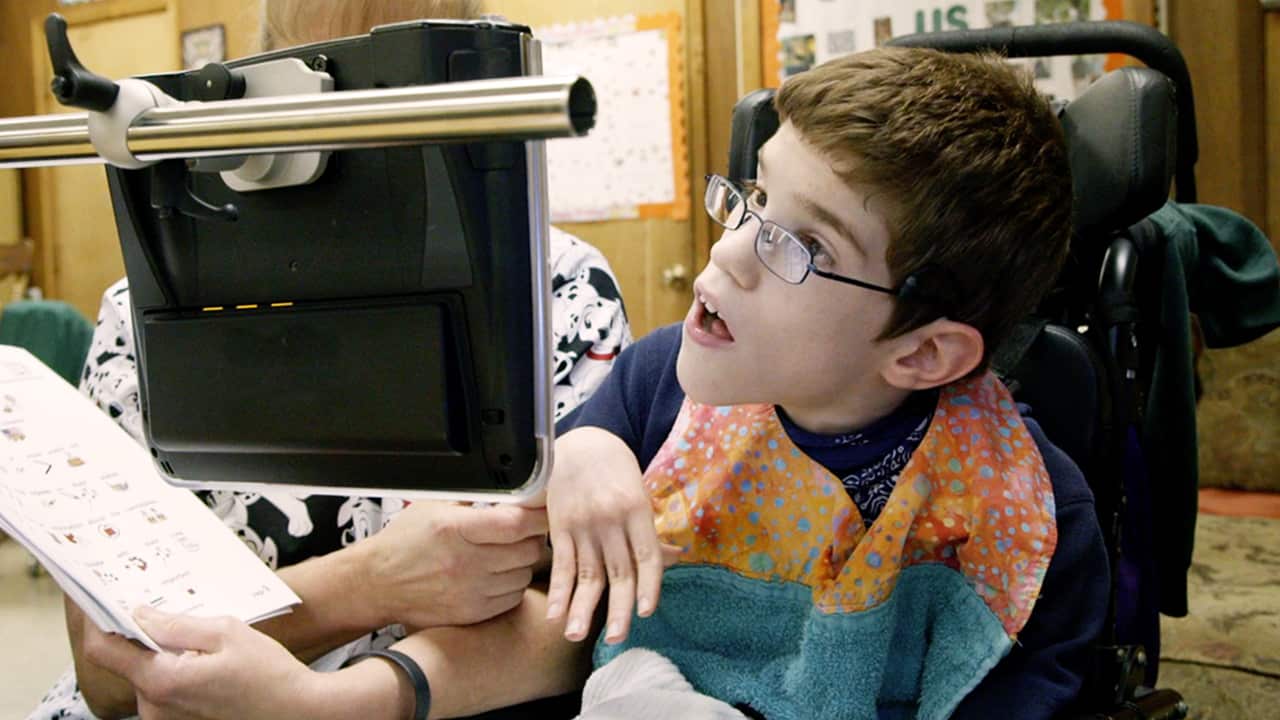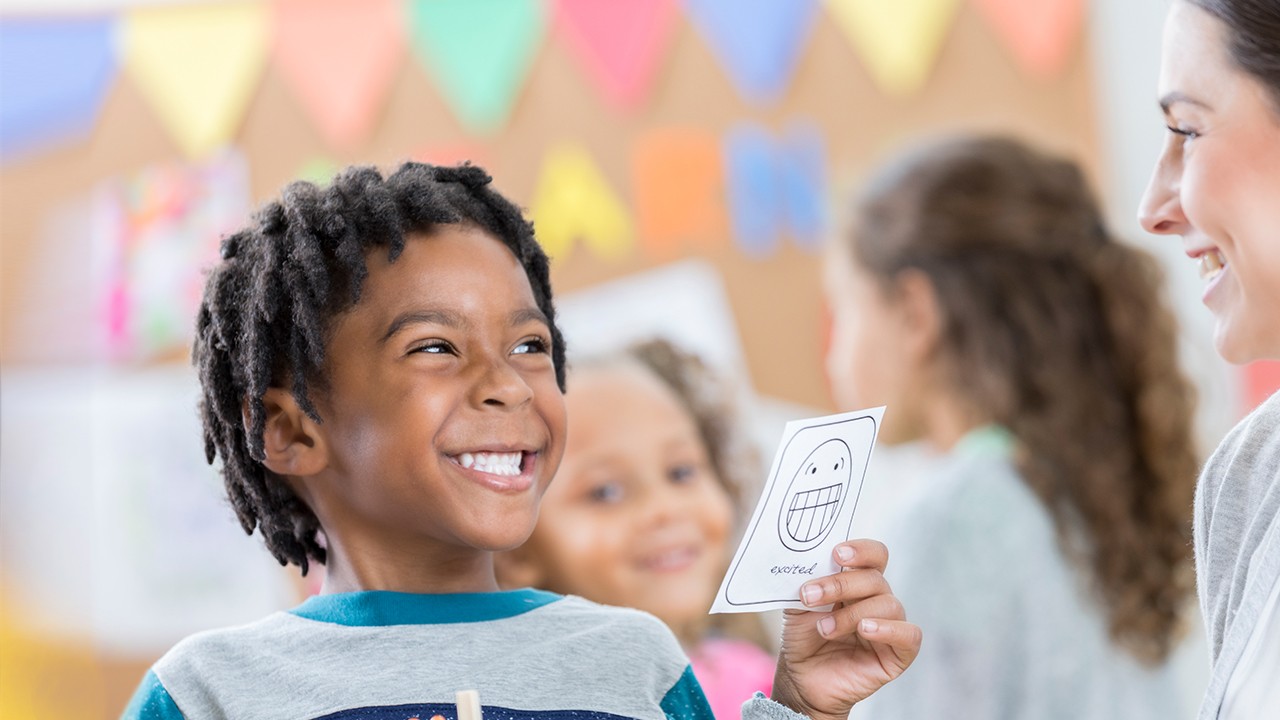A social story is a simple story written specifically for one of your learners. In pictures and user-friendly language, it explains to them the expectations and rules for different social situations. Typically, a story will feature one picture and one or two lines of text per page to make it accessible to all learners. Social stories are great tools when written correctly and used effectively. Here are the do’s and don’ts when using social stories:
Do
Write the story from the perspective of the learner
Use “I” statements throughout the story so the learner can imagine themselves in the story. Keep in mind that many learners with disabilities struggle to understand the concept of pronouns. It might be beneficial to write the story using their name instead of I or me.
Use real pictures whenever possible
Many of our learners thrive on visual supports. The closer the pictures are to what the learner will experience, the easier it will be for the learner to picture themselves in the story.
Describe the positive behaviors that you want the learner to perform
Use positive statements like “I can” or “I will” to tell learners what they will do during the story. This helps the learner use self-talk when asked to perform the behavior in the natural environment.
Read the story with your learner multiple times before they try it out for real
Revisit the story after. The more times the learner reads the story the more effective it will be.
Make two copies of the story and send one home for the learner’s parents to read with them
Stories make a great activity to help wind down at the end of a busy day and will help prepare the learner for the next day.
Laminate the story and put it on a binder ring
Reading the story over and over again will take its toll on the pages. Make it more durable so that it lasts longer.
Don’t
Use the social story in response to a negative behavior
Social stories are proactive strategies designed to teach the appropriate behavior. Making a learner read the story as a punishment only reinforces and reminds the learner of their mistake.
Use pre-made social stories
You can find example social stories online, but in order for the story to be effective, it is best practice to take that example and make it specific to the learner. Take the ideas you see online and tweak the story so that it matches the exact situation your learner will face.
Describe negative behaviors
A social story is a positive, proactive strategy. Reword any negative behavior into something positive that you want to see the learner do. Instead of saying, “Don’t pick your nose!” say, “I will use a tissue in the bathroom if I need to clean my nose.”
Social stories are an evidence-based strategy for changing a learner’s behavior. Once you have mastered writing the social story, the uses for different situations and environments are limitless. Try using a social story to teach positive behaviors in the cafeteria or attending an assembly. For difficult transitions, help prepare your learner through a social story that introduces a new classroom, a new teacher or a new student. Help your learner develop social relationships by creating a story for asking a friend to play on the playground at recess or going to the movies with a group of friends. Social stories are adaptable to meet the needs of unique learners and are a great, proactive way to prepare your learners for navigating all those tricky social situations.



